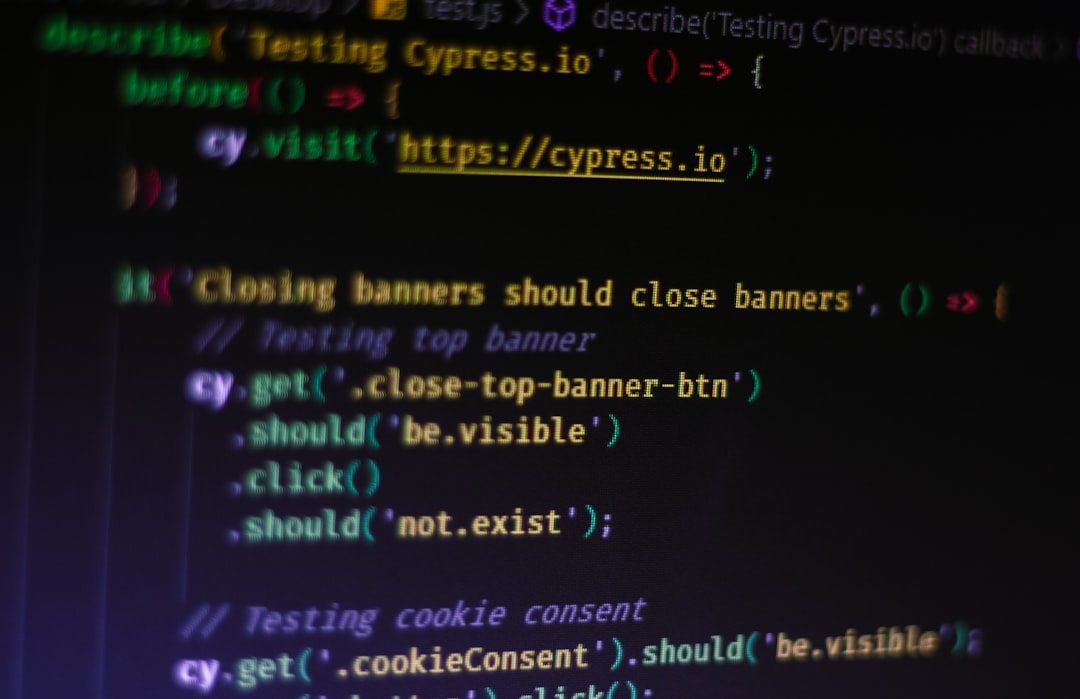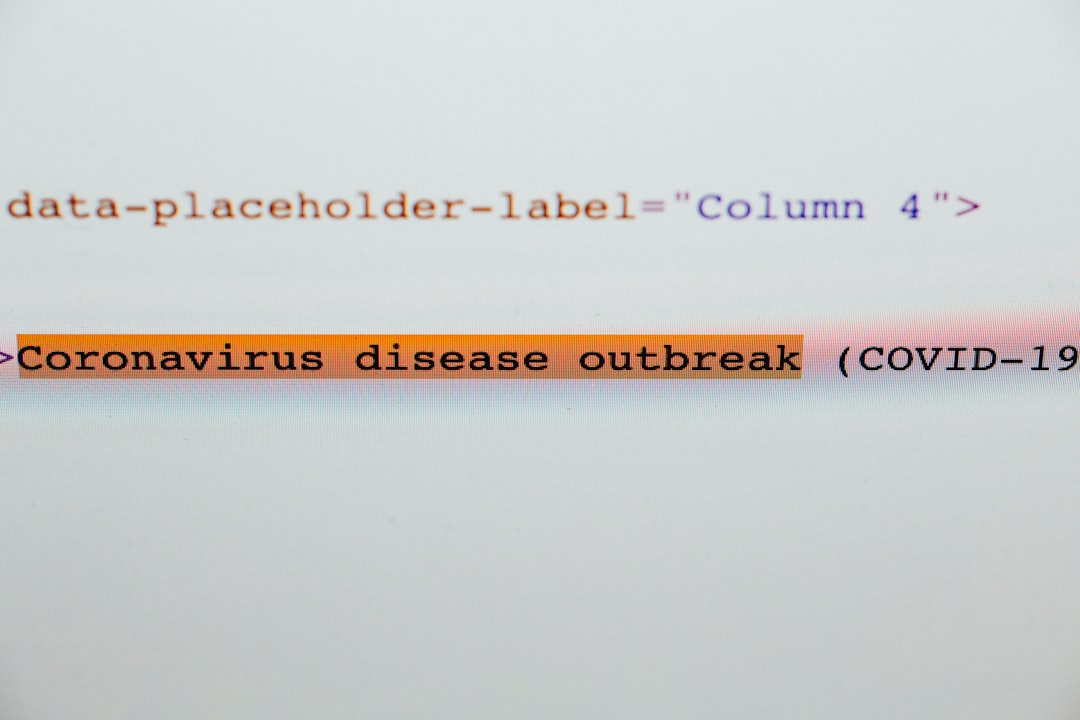You’re working on your website, and suddenly—bam! You see a strange error that says something like “down ext:php”. What does that even mean? Did your site crash? Is the internet broken? Don’t panic! It’s actually not as scary as it sounds.
In this article, we’ll break it down in a fun and simple way. You’ll learn:
- What “down ext:php” errors are
- Why they happen
- How to fix them
- How to prevent them in the future
Let’s dive in!
What Does “Down ext:php” Even Mean?
First things first: this isn’t exactly an official error. You might see it in error logs, Google search results, or even pop up on random monitoring tools. It usually refers to a problem with a PHP file that is no longer accessible. It suggests that the site or page using PHP is currently down.
Let’s break it down:
- “Down” – Something is not working properly or is offline.
- “ext:php” – This refers to files ending in .php, meaning they’re written in PHP.
Together, it usually means “A PHP page is offline, missing, or broken.” Not super helpful out of context, but with a little detective work, you can figure out what’s wrong.

Common Reasons for This Error
There are quite a few reasons you might end up with a “down ext:php” type error. Here are the big ones:
1. PHP Server is Down
This is the most obvious one. If your PHP server goes offline—for maintenance, crashes, or server overload—you’ll see errors. Your site depends on PHP to run. No server = no site.
2. Misconfigured File Paths
If your site is trying to load a PHP file that doesn’t exist or is in the wrong folder, it’ll break. Think of it like asking someone to bring you a coffee from a café that burned down yesterday. It’s just not going to work.
3. Syntax Errors in Your Code
One missing semicolon or extra curly brace can crash your PHP file. Computers are fussy. If the code is broken, the page won’t load properly.
4. File Permissions
Sometimes your PHP files are there, but your web server isn’t allowed to access them. That’s like locking the front door and then wondering why you can’t get inside. Permissions matter!
5. Database Connection Issues
Many PHP files need to talk to a database. If the connection to that database is down or misconfigured, guess what? Down goes the PHP page.
6. PHP Extension Missing
Some scripts rely on special PHP extensions like mysqli or curl. If your server doesn’t have them installed or enabled, things will break.
How to Troubleshoot the Error
Now that we know why this could be happening, let’s talk about how to fix it.
Step-by-step Troubleshooting:
- Check if the Server is Running
Try loading other pages on the same server. If none are working, it’s probably a server issue. Contact your hosting provider or restart your server if you have access. - Look at the Error Logs
Dig into your server logs. Look for anything related to the filename or path that’s failing. It often gives you a clear clue like “File not found” or “Parse error.” - Check File Locations
Double-check that the file exists where it’s supposed to be. Make sure file names are spelled correctly. (Yes, even capitalization matters on some systems.) - Fix Syntax Errors
Use a code editor with syntax highlighting. Fix those red squiggly lines! Or run your PHP file from the command line to see if it throws errors. - Inspect File Permissions
Typical PHP files should have permissions like 644, and folders should be 755. Make sure your web server can access and execute the files. - Re-check Database Config
Make sure your database host, name, username, and password are correct. Try connecting manually or with a simple script to test it. - Verify Required Extensions
Usephpinfo();or runphp -min the command line to see which extensions are enabled. If a needed one is missing, install it!
How to Prevent it in the Future
Prevention is better than cure—as Mama always says. Here are some simple ways to avoid this headache next time:
- Keep backups of your site – Always have a working copy that you can restore from.
- Use a staging environment – Test your updates before going live. You’ll catch most issues early.
- Add monitoring tools – Platforms like UptimeRobot can alert you if your site goes down.
- Log smarter – Custom error logging in PHP can help you pinpoint problems faster.
- Avoid manual file moves – Use version control tools like Git, which reduce human errors.

Still Seeing The Error?
If you’ve tried all of the above and nothing works, here are some pro tips:
- Try accessing the file directly – Open the PHP file in your browser (e.g.,
yourdomain.com/test.php) to see if it loads. - Use developer tools – Open Chrome Dev Tools (press F12). Check the network tab for error codes like 404 or 500.
- Switch to debug mode – In PHP, turn on error reporting:
ini_set('display_errors', 1);
error_reporting(E_ALL);
This will tell you exactly what’s going wrong—no more guessing!
Conclusion: Don’t Fear the “Down ext:php”
So, “down ext:php” isn’t some scary monster trying to eat your website. It’s just a sign that something isn’t quite right with a PHP file. Maybe the file is missing. Maybe there’s a typo. Maybe the server is grumpy. Either way, it’s fixable.
Now that you understand what to look for, you’re armed with the tools to squash these errors like a pro. PHP isn’t perfect, but with a little patience (and maybe some snacks), you’ll be back online in no time.

Happy debugging, and may your PHP files stay healthy and bright!
